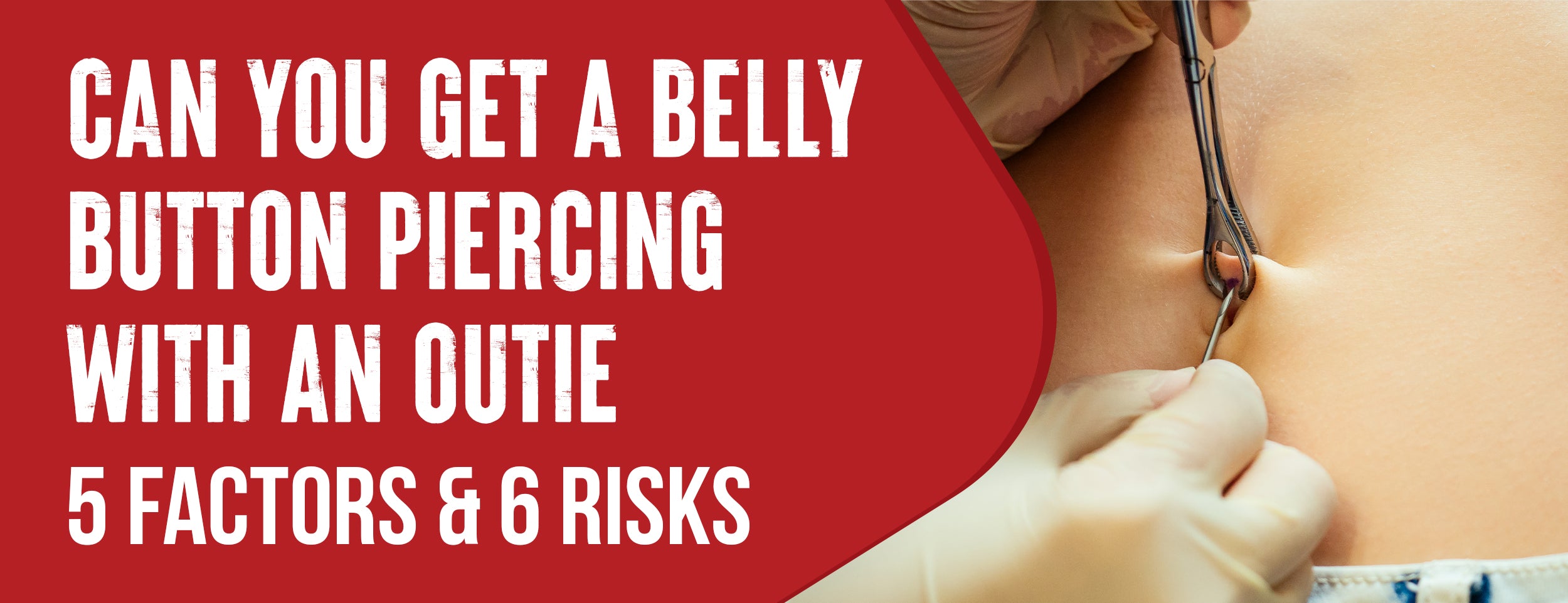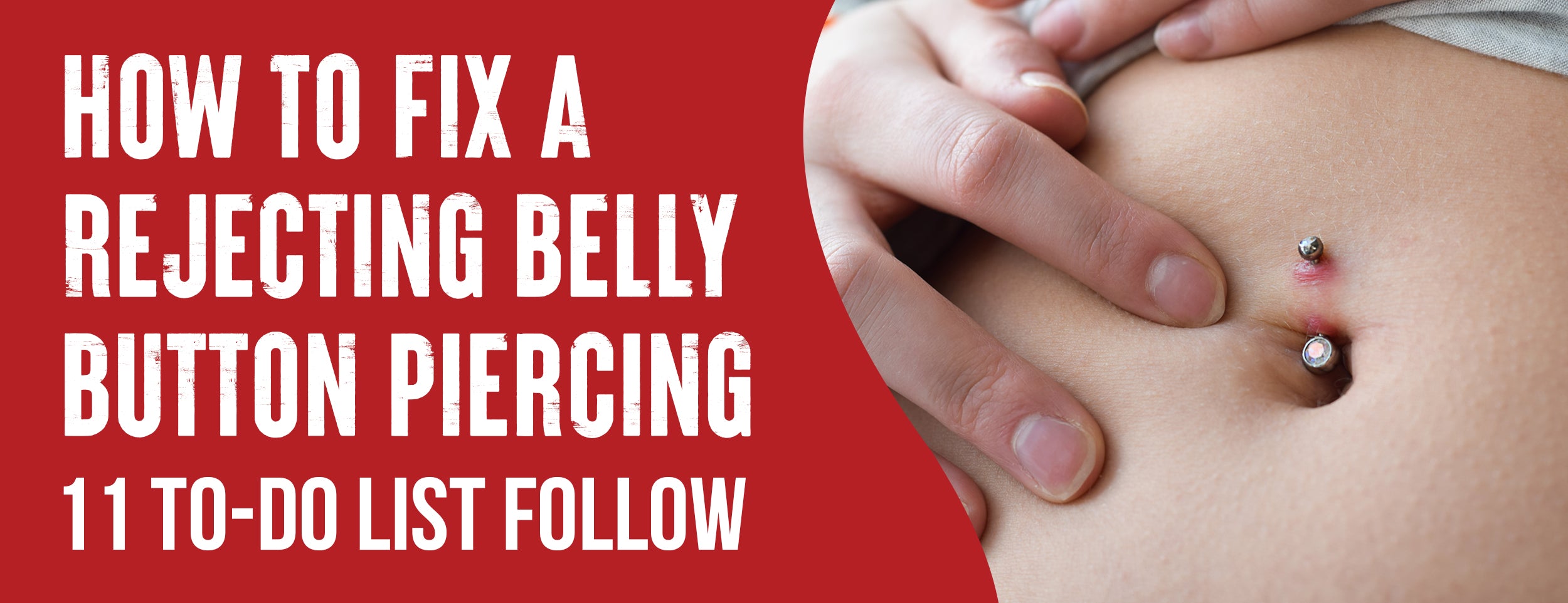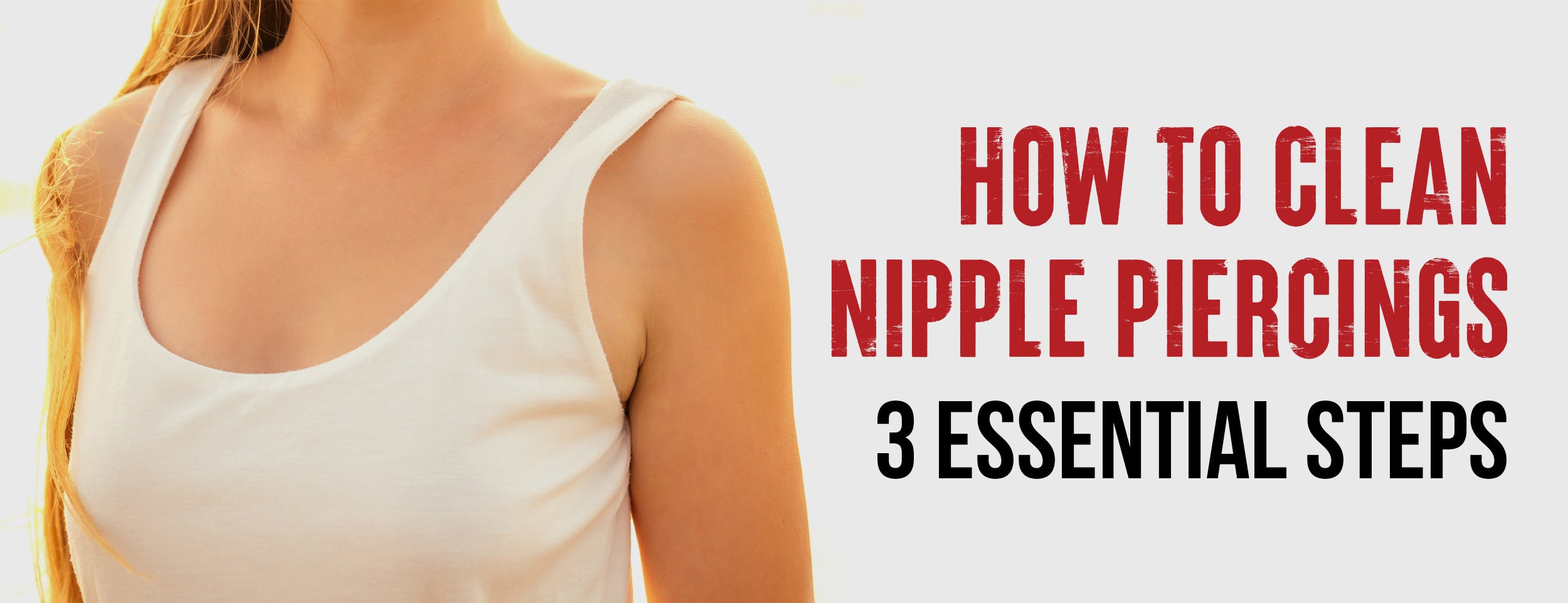A cherry piercing is not a commonly known term in body piercing. A type of piercing called cherry angioma piercing is done on a cherry angioma, a benign skin growth that appears as a small, bright red bump. This type of piercing is not recommended as it can cause bleeding, infection, and other complications.
A cherry piercing is a type of genital piercing for women, specifically on the clitoral hood. It involves piercing a small piece of skin above the clitoris, and the jewelry sits on top of the hood, providing stimulation during sexual activity. This piercing can enhance sexual pleasure and is often chosen for its aesthetic appeal. As with any genital piercing, seek the advice of a reputable piercer carefully.
In this blog post, we'll discuss everything you need to know about Cherry Piercing, from the steps involved to the possible risks and complications.
What Is A Cherry Piercing: Steps to Taken

The Steps of Cherry Piercing: A cherry piercing involves two piercings on the same earlobe, one above the other, creating a cherry-like appearance. The Steps of cherry piercing are similar to other earlobe piercings, but they require more precision and care to ensure proper alignment and healing. Here are some steps and tips for getting a cherry piercing:
Find a Reputable Piercer
Cherry piercing is unique, so you must find a professional piercer with experience and expertise. Consult your friends for recommendations, read online reviews, or visit different piercing studios to see their portfolios and hygiene standards. A good piercer can advise you on the best placement, size, and jewelry style for your cherry piercing.
Choose Your Jewelry
Cherry piercing can be done with different types of jewelry, such as studs, rings, or barbells. The most popular choice is to use two matching or contrasting studs, one for each hole, to create a cute and simple look. However, you can also opt for more creative and unique designs, such as cherry-shaped earrings, dangling charms, or chains. To avoid allergic reactions and infections, the jewelry should be made of high-quality materials, such as titanium, gold, or surgical steel.
Prepare for The Piercing
Before getting your cherry piercing, you should avoid caffeine and alcohol. You should also clean your ears and hair and wear comfortable clothing to not interfere with the piercing area. You may want to take some painkillers or apply some numbing cream to reduce the discomfort during the piercing. You should also bring a friend or a family member for moral support and safety.
Get the Piercing
A piercer will mark the spots for the piercings on your earlobe and ask for your approval. Then, they will sterilize the area and the jewelry and use a piercing needle or a piercing gun to create the holes. A piercer inserts jewelry into holes and secures them with backings or balls. The piercer will clean the area again and give aftercare instructions and tips. The whole process should take about 15 to 20 minutes, depending on the piercer’s skill and your ear anatomy.

Care for The Piercing
Cherry piercing can take 6 to 12 weeks to heal, depending on your body and how well you follow the aftercare routine. You should clean the piercing twice daily with saline solution or antibacterial soap and avoid touching, twisting, or changing the jewelry. Sleeping on a pierced ear, wearing headphones or hats, or exposing the piercing to dirt, sweat, or chemicals. If any signs of infection, including redness, swelling, or fever, contact your piercer or doctor.
Tools & Materials Used for Cherry Piercing
The following are typical materials and tools used in cherry piercing:
- Surgical-grade soap.
- Surgical pen.
- Sterilized needle.
- Jewelry (typically Barbell or Labret Stud).
- The piercer must use sterilized equipment to prevent infections.
Pain Level and Recovery Process
As with any piercing, cherry piercing involves discomfort and pain. While the pain level can vary from person to person, most people describe the pain as tolerable and short-lived. After the piercing, you may experience some tenderness, swelling, and minor bleeding at the piercing site. To speed up your healing process, you may consider the following:
- Swim pools and hot tubs should be avoided for two weeks to prevent infection.
- Do not sleep on the piercing area.
- Wash the piercing area daily using sea salt solution or sterilized water.
- Follow the piercer's aftercare instructions to prevent infections and promote healing.
Cherry Piercing: 12 Factors to Consider

Cherry Piercing, there are a few factors you'll need to consider beforehand. This type of piercing requires special care, and it's essential to pick the proper studio and discuss sexual activity with your piercer to avoid any complications. Here's what you need to know:
Choosing a Reputable Piercing Studio
One of the most important factors to consider before getting a Cherry Piercing is where you'll have it done. Here are some tips for picking a reputable piercing studio:
- Look for a studio that's clean and well-maintained.
- Check the studio's reviews and ask for references if possible.
- Make sure the piercers are trained and experienced in Cherry Piercing specifically.
- Ask about their sterilization processes and ensure they use sterile, single-use equipment.
Discussing Sexual Activity
Another essential factor to consider is discussing sexual activity with your piercer. This is important because the piercing can be affected by sexual activity, and it's vital to take precautions to avoid infection. Here are some things to discuss:
- How long should you wait after getting the piercing before engaging in sexual activity?
- Are there any specific positions or activities you should avoid?
- Is it safe to use sex toys after getting the piercing, and if so, when can you start using them again?
Healing and Aftercare
Finally, knowing how to care for your Cherry Piercing after you get it done is essential. Proper aftercare can help prevent infection and ensure true healing. Here are some tips:
- Keep the piercing clean and dry.
- Avoid touching the piercing or twisting the jewelry.
- Use saline solution or a saline soak to clean the piercing.
- Avoid submerging the piercing in water, such as bathtubs, pools, or hot tubs.
- Avoid tight clothing and avoid sleeping on the piercing.

Cherry Piercing: Risks and Possible Complications
While it is an attractive piercing for many due to its unique appearance, it also comes with risks and possible complications that must be considered before getting one. Complications and dangers associated with cherry piercing include:
- Infection: Cherry piercing increases the risk of bacterial infections due to the area's location. Infection can cause redness, swelling, and pain; in severe cases, sepsis can occur.
- Bleeding: During the piercing process, the clitoral hood's sensitive tissue can be damaged, resulting in bleeding. Medical attention may be needed.
- Nerve damage: Cherry piercing can lead to nerve damage, resulting in decreased sensation or permanent numbness.
- Scarring: As with other piercings, certain factors, such as healing time, placement, and jewelry quality, can increase the risk of scarring and keloid formation.
- Rejection or migration: Cherry piercing has a higher chance of rejection or migration due to the constant movement and friction in the area during sexual activity.
Conclusion
Cherry Piercing is a unique and trendy piercing option gaining popularity among those looking to enhance their intimate experiences. Consider all factors before deciding if it's the right choice for you. Choosing a reputable piercer and following proper aftercare instructions is vital to minimize potential complications.
With the right jewelry and adequate care, Cherry Piercing can provide enhanced sexual pleasure and a unique form of self-expression. So, if you're interested in exploring this trendy piercing option, be sure to do your research and choose wisely.














